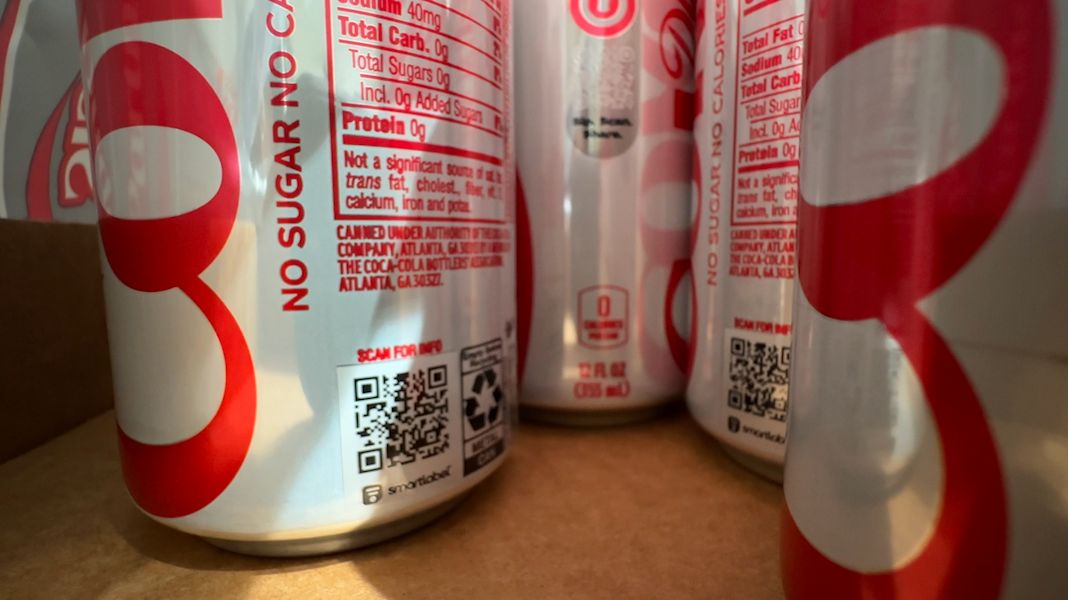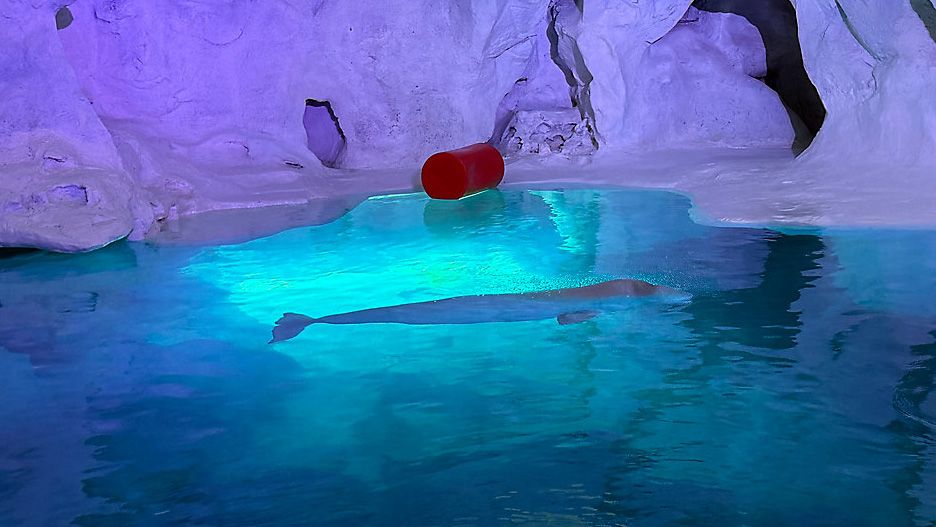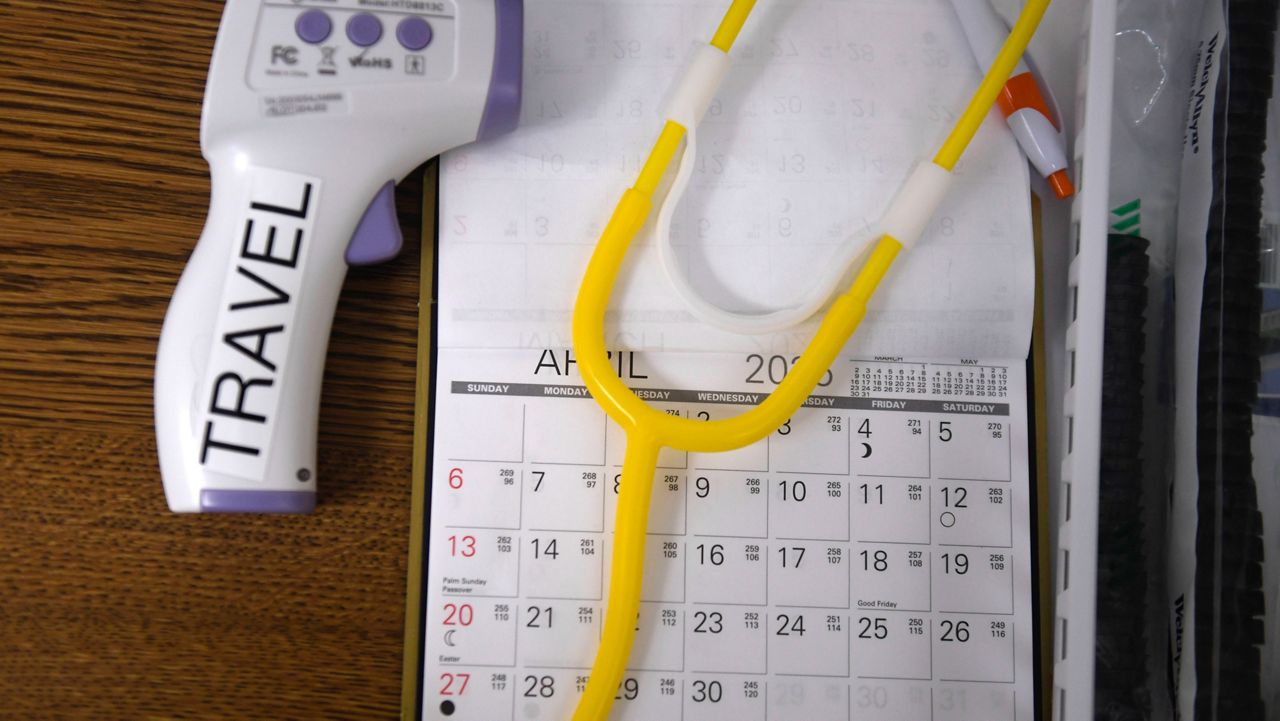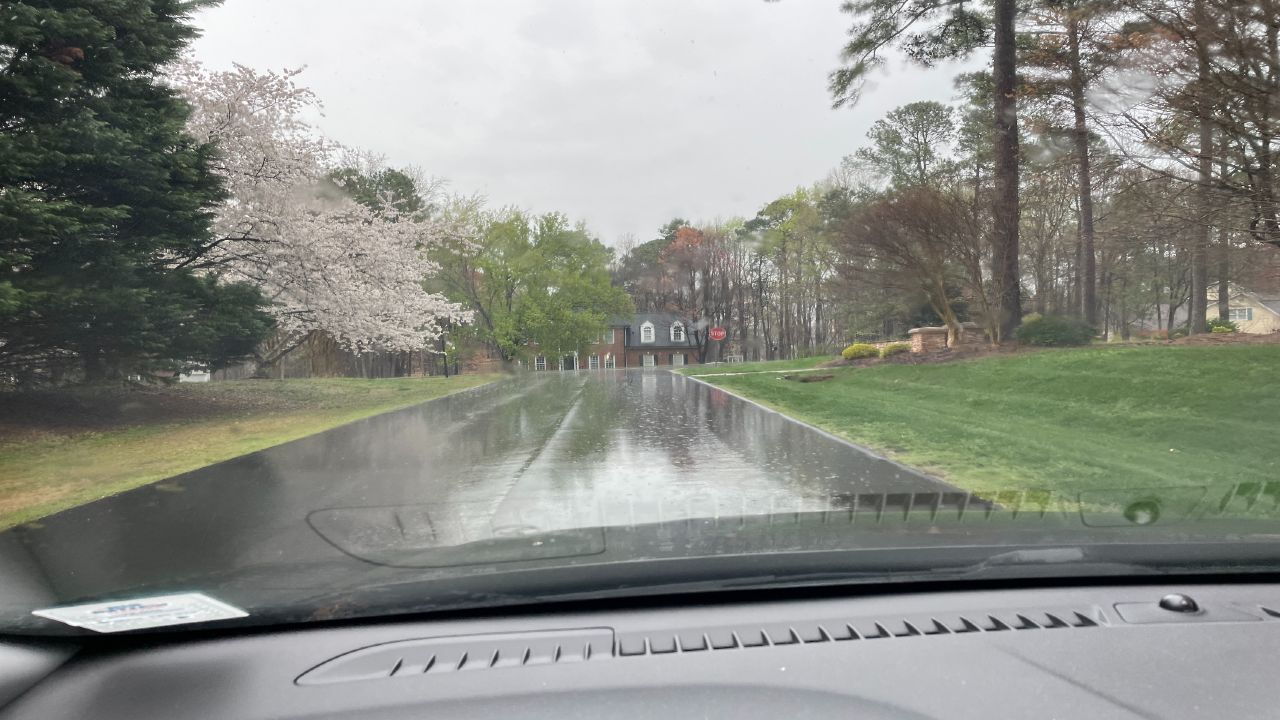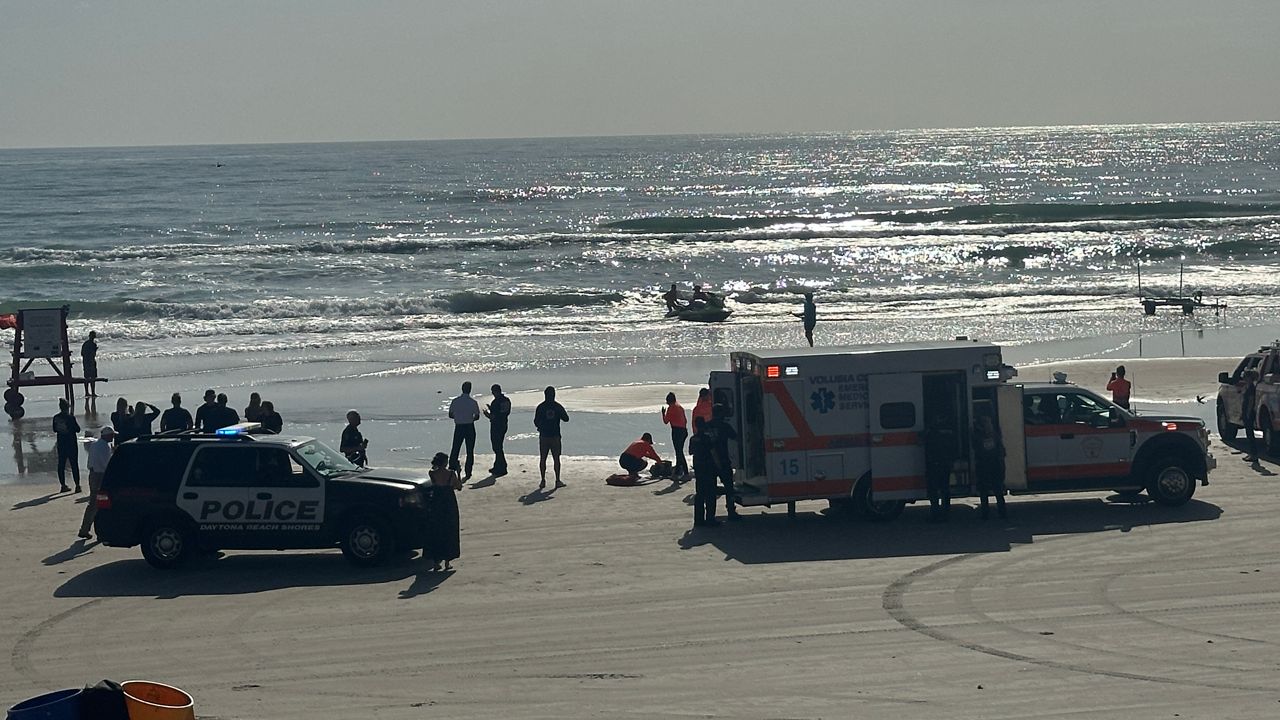GRANT-VALKARIA, Fla. — As part of efforts to help improve the health of the Indian River Lagoon, millions of clams are being deposited into the water to help clean and oxygenate it.
What You Need To Know
- A new project is working to increase the health of the Indian River Lagoon
- Workers are depositing millions of clams into the water to help clean and oxygenate it
- Experts say improvements caused by the clams help balance out algae blooms that deplete oxygen from the water
Todd Osbourne, an associate professor of biogeochemistry with the University of Florida in St. Augustine, is one of the top scientists studying the lagoon.
He's a proponent of using shellfish to naturally clean and add oxygen to the water.
“Part of that is understanding the environment, understanding waterways, what happens with waterways when we abuse them with too many nutrients,' he said. "And then turning those dials back to get ecosystems fixed."
Friday, the Indian River Lagoon clam project was tasked with dropping 1 million baby clams into the waters behind the Old Fish House Bar and Grill on the banks of the river.
It’s all part of Starbrite’s Project Seasafe 2025 Clean Water Collective.
Osbourne said pollution produces algae blooms, which kill sea grass and leaves behind a stifling muck.
“We’ve seen the lagoon go from pristine, seagrass-dominated ecosystem with clear water, to dark green, no seagrass almost no life, and it’s all because of that excess nutrients,” he said.
Clams use their gills to extract oxygen as they filter out their food, then expel the oxygen and siphon waste from the water.
They are also resilient when oxygen levels are low, making them ideal to deploy into the lagoon.
Osbourne said a proactive approach is key after the lagoon went severely downhill during an algae super bloom in 2011.
“It really devastated the ecosystem, and since them we’ve had those blooms occurring almost on an annual basis," he said. "It’s time to fix that threshold that was crossed."
Recent testing shows the water quality in the northern Brevard area of the lagoon is in good condition, while the central area is having issues and the quality in the southern region is moderate.
Osbourne said 4 million clams will be added to the lagoon over the next two days.







